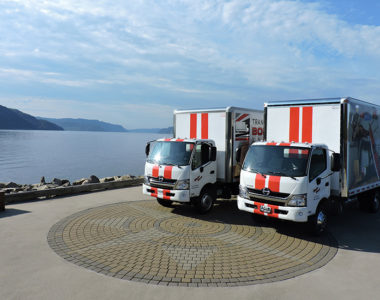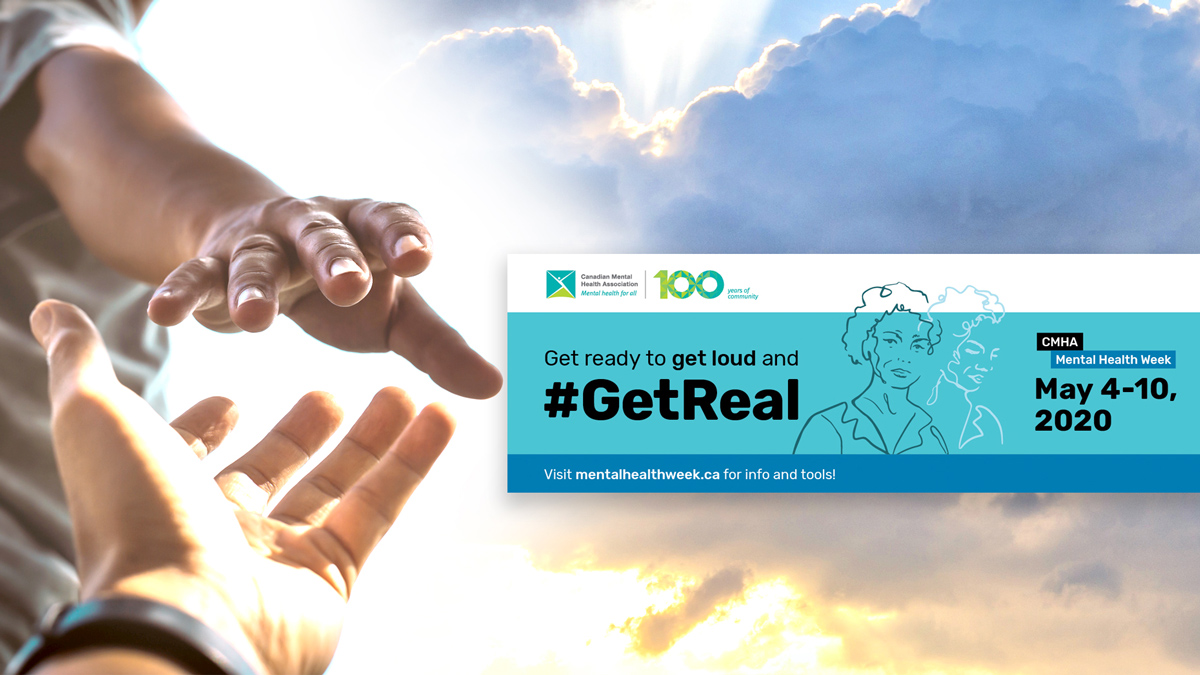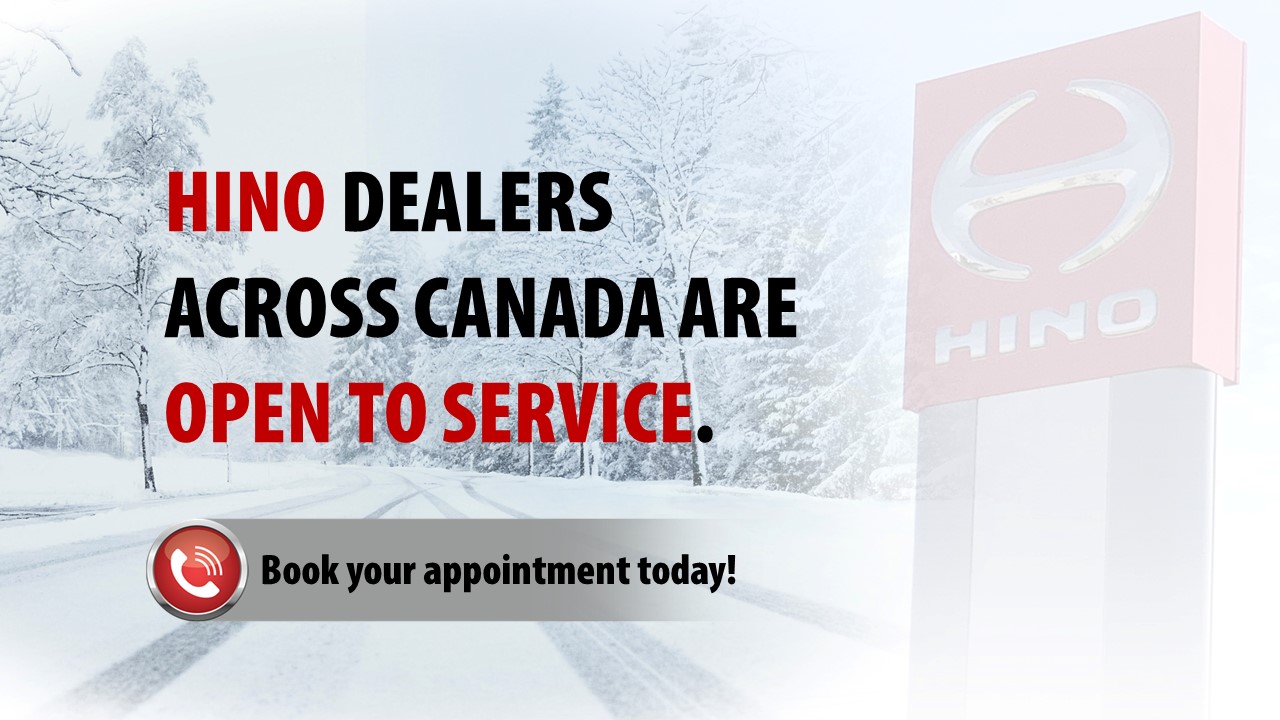
Canadian temperatures will drop with bands of snow and ice pellets hitting the roads. This is the time to prepare your vehicle. Winter roads can be dangerous, have your truck inspected by a certified Hino technician today, to ensure your vehicle is operating at its optimum capability.
Hino dealership across Canada are open to service your vehicle. Visit: https://www.hinocanada.com/dealers/
Keeping you on the road, here for you!
Air Conditioner
Don’t get caught in the heat without a functioning air conditioner. Canadian heat can reach very high temperatures.
Check the cabin air filter, it may be clogged after long use or make sure the air intake grilles in front of the windshield are not blocked or obstructed by leaves, for example.
If the operating efficiency of the air conditioning becomes extremely reduced, or if the windows begin to fog up easily, the filters may need to be cleaned.
Air Filter
In addition, air filters face a daily onslaught of road debris, and other contaminants. A clogged air filter can considerably lower fuel efficiency and performance. The engine compensates by working harder—and burning more fuel. Check or replace air cleaner filter according to Hino’s maintenance schedule.
Electrical System Components
During these series of driver tips, safety was always a priority. Additional important safety features are to ensure all lights, including headlights, brake, tail, clearance, indicator lights, reflective bands and other electrical components are working properly. Check that wires are not chafed or loose.
For longer parts life and reducing operating costs, keep all maintenance work on schedule, and if you often drive under severe conditions, see that your vehicle receives more frequent maintenance.
Hino dealership service centres across Canada remain open and are committed to servicing your needs. Ensure mechanical concerns and service intervals are up to date by visiting a HINO Dealer or call to book an appointment.
Keeping you on the road, here for you!
Brakes
Brake system inspection is a must! Safety, safety … safety!
Braking performance drops significantly when brake linings wear down beyond their usage limit. Drivers check how well the brake performs during the day.
If you notice any of these problems: judder, one-sided braking causing the vehicle to pull to one side, or unusual sounds coming from the brake area when you apply the brakes, please have a certified Hino service technician look over your braking components for assured safety and confidence.
Batteries
It is equally important to keep batteries maintained and corrosion free. Preventive maintenance is the key. Corrosion buildup leads to a lower voltage and can eventually cause the battery to stop operating. Wash your vehicle frequently including the vehicle’s underside and wheel housing. Examine battery and cables for cracks and other damage.
Keeping you on the road, here for you!
Tire Inspection
Your journey on the road starts with safety, ensuring you are driving a safe vehicle. A routine walk around your vehicle to inspect your tires before you start your day, is recommended!
Heat causes rubber to break down faster, so it is important to check the tread depth and look for uneven wearing. Monitor the tire pressure as improper inflated tires get too hot and may cause a blow out. Tires should be properly inflated according to the tire manufacture’s recommended cold inflation pressure for the specific size and load range (ply rating).
Additional Tire Maintenance Driver Tips!
Keeping you on the road, here for you!
Be summer ready, a new season is here!
Like the winter months, it is that time to check your vehicle and ensure components are properly functioning during the extreme heat and humid days.
Top Up Coolant and Fluids
Summer heat can impact fluid levels. Coolant protects and keeps your engine from overheating. Drivers look for fluid leakage on pavement under the truck, check the coolant, antifreeze concentration levels, if low, fill coolant up to the “full” line. In addition, check the oil and other fluids, including brake, power-steering, and windshield washer fluids.
Windshield Wipers
Check and replace the windshield wipers while you top up. Due to winter’s ice, snow and salt, the rubber on your wipers can crack and tear. Broken wipers are a real hazard. Don’t get caught off guard, replace wipers if they are damaged so that drivers always have a crystal-clear view.
Keeping you on the road, here for you!
Ensure your truck performs, no matter the weather conditions.
Winter checklist for your truck.

Air filter: Ensure maximum engine protection and optimal performance by maintaining and replace when needed. Designed to protect the engine from harmful particles and pollutants.
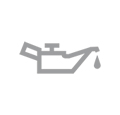
Engine oil: Reduce maintenance costs, extend oil life, and improve engine performance. Choose oil specifically to protect and enhance component life.
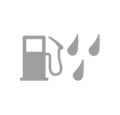
Fuel filter: Keep your fuel as clean as possible by replacing your fuel filters at every service to increase engine’s life, performance, and fuel efficiency.
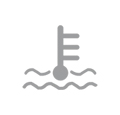
Coolant System: Proper maintenance is important to reduce wear and tear on your coolant system. Opt for the appropriate coolant to reduce cavitation erosion resulting in long life protection.

Battery: Test for stable voltage supply and prevent unplanned downtime. Check for loose, disconnected, or corroded battery terminals including starter and magnetic switches.

Heated Mirrors: Check your mirror mechanisms to ensure a safe journey. Heated mirrors a safe option to clear build up of snow, ice, sleet, and rain.

Wipers: Safe visibility is dependant on wipers functioning properly. To ensure a problem-free operation replace regularly.
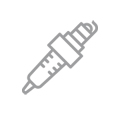
Burner Maintenance: Avoid downtime, regular maintenance of the burner systems is required to sustain emission system efficiency.
Hino dealerships across Canada are open to service your vehicle. Have your truck inspected by a Hino certified technician today.
Ensure mechanical concerns and service intervals are up to date by visiting a HINO Dealer or call to book an appointment.
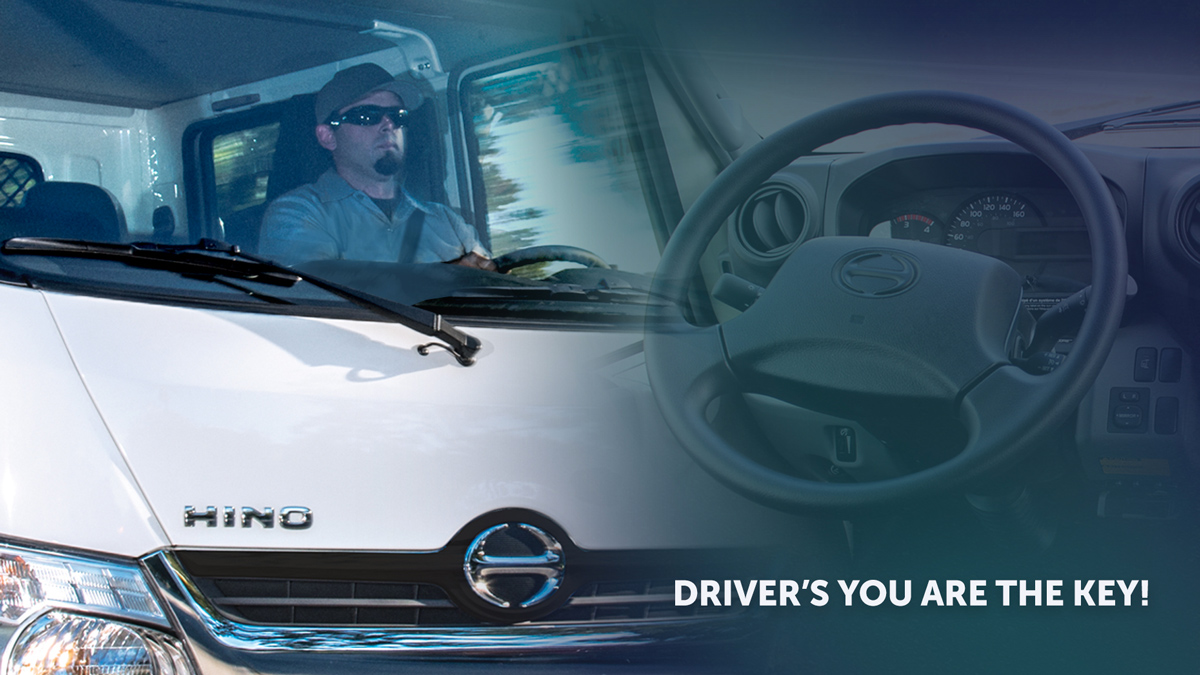
I am sure you have heard the saying … “worth its weight in gold”? Well this can hold true to truck drivers. A driver’s skill, experience and behaviour behind the wheel can dramatically impact fuel efficiency, operating costs, and truck longevity.
Driver’s you are the key!
Fuel continues to be one of the largest expenses for trucking companies, increasing fuel efficiency, and minimizing fuel consumption is the goal.
Here are simple steps you can take that can save money on both fuel and repairs:
Drive Conservatively
Maintain a steady and safe speed. Speeding is dangerous, it puts your life and the lives of other road users at risk and has a big impact on fuel economy.
Simply the faster you drive = greater the fuel consumption. By reducing your speed, you will cut your fuel consumption.
Use cruise control when conditions allow, especially on highways and only on dry pavement. Cruise control can limit unnecessary acceleration and deceleration by optimizing the electronic control system’s ability to deliver the appropriate amount of fuel for any given situation, thus improving fuel efficiency.
Braking is inevitable. Avoid sudden brake applications by keeping your eyes ahead of traffic, ensure a safe distance from the vehicle in front of you and be conservative for a stress-free drive. This will also reduce wear on your brake, suspension, and driveline components.
Another tip is to not rest your foot on the brake pedal. This causes premature wear and leads to overheating and poor fuel economy.
Exhaust Brake
By using the exhaust brake system, the weight of the truck and rolling resistance are counter balanced with the engine’s energy, which means a smoother braking process and less wear on the brake components.
Look Ahead and Be Aware
Plan your route and monitor traffic. There are often many alternate routes to get to the same destination. Take the route that requires the least amount of driving to reduce excessive gear changes which equals fuel saved! Fill up at the lower cost fuel stations. Truck navigation systems will plan your route for you to stop at the less-expensive fuel stations along the way.
Improve Aerodynamics and Proper Positioning of your Load
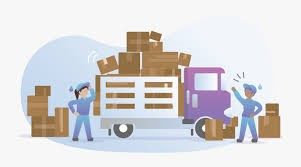 The primary focus for a driver is assuring a balanced weight distribution of cargo and knowing payload limits. Care should always be taken not to overload the vehicle or trailer.
The primary focus for a driver is assuring a balanced weight distribution of cargo and knowing payload limits. Care should always be taken not to overload the vehicle or trailer.
Position the load as low as possible at the centre of the truck and behind the cab to improve aerodynamics.
Your Hino truck was designed with aerodynamics in mind. The exterior has an optimized angled windshield and the front pillars streamlined to reduce drag. A Hino Advantage!
Turn it Off! Excessive idling … wastes fuel, money and increases emissions
Excessive idling burns fuel. An idling truck can waste up to 2 litres of fuel per hour.
Anytime the engine is running and not being used to pull the vehicle forward, it hurts your fuel numbers. Only idle your truck when necessary.
Upon warm up, once the engine is running smoothly, begin driving – gently. Remember that on cold winter days this may take a little longer.
If you have a long wait perhaps awaiting to deliver the essentials goods and you are not in traffic, it is better to turn off the engine and start again later.
More and more fleets are taking advantage of idle shutdown settings after 2 to 15 minutes which eliminates higher idling rates.
Monitor Tire Pressure
During daily vehicle pre-checks and after your shift, check the tire pressure as per manufacturer standards. Underinflation causes tire wear and wastes fuel. Please refer to Hino’s driver tips on tire maintenance.
Keep up to date with your Trucks Maintenance Schedule
Keep your vehicle tuned up and in top shape. A dirty air cleaner, improper valve clearance, brakes out of adjustment, improper alignment, bad fuel, etc… all lower engine performance and contribute to poor fuel economy. For longer life of all parts and lower operating costs, keep all maintenance work on schedule, and if you often drive under severe conditions, see that your vehicle receives more frequent maintenance.
Hybrid Vehicles
Hybrid technology is most beneficial to drivers and businesses that operate primarily in urban areas or in stop-and-go applications such as refuse trucks, parcel delivery trucks, and utility trucks.

The Hino 195H comes equipped with a hybrid traction motor that assists the Hino diesel engine during times of high load, reducing fuel consumption and greenhouse gas emissions. Learn more of Hino’s Hybrid vehicle.
Lastly, driver’s you are the key! One of the best ways to improve fuel efficiency is to make it a priority. Keep these tips in mind and practise them while you are on the road. Soon, you will be maximizing your fuel efficiency without even realizing it.
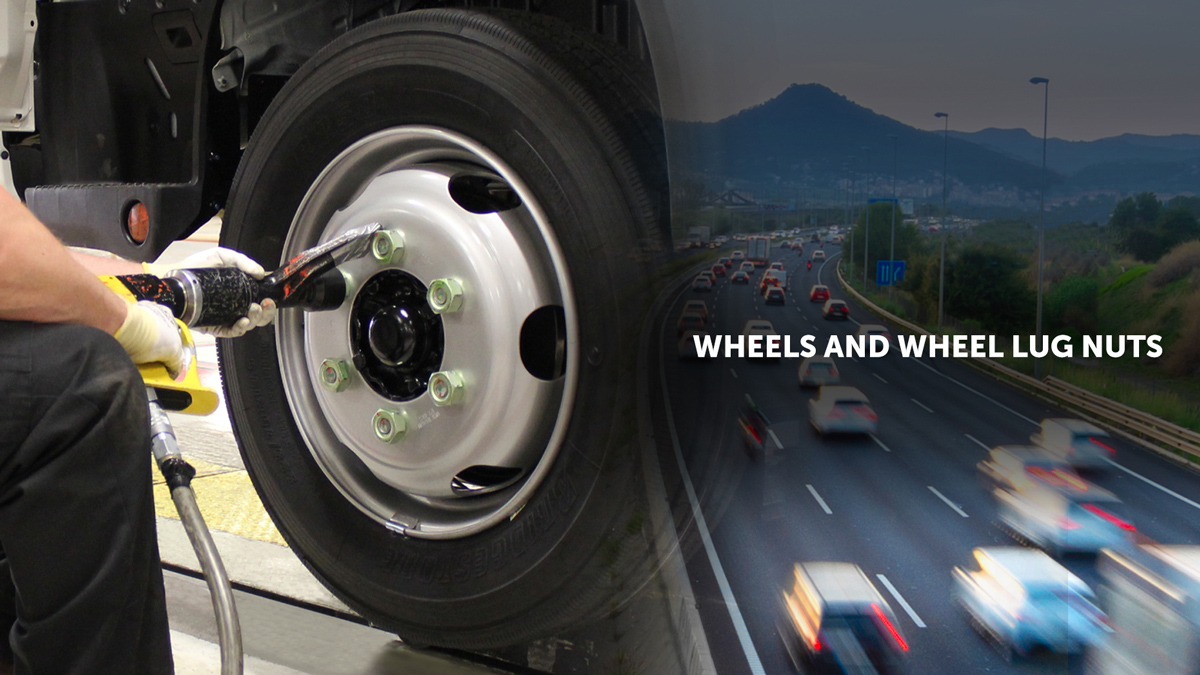
Safety is always the highest priority when on the road to you and to everyone around you. There are a multitude of problems that can arise from not properly checking your wheels, tires and brakes properly. One persistent problem that is often alluded is the wheel fasteners.
Wheel fasteners need to be checked to ensure they are not loose and that they are tightened correctly. Rust around lug nuts can also be indicative of a widening of the bolt hole. Check rims that have been painted; sometimes the paint is an attempt to hide these rusted areas. If you have ever noticed during rain fall that you get a rusty trail of water coming from behind the nut, this could be a sign of a more serious problem with the wheel’s bolt holes.
When to replace your wheels
If you have wheel damage such as bending, cracks or heavy corrosion, the wheel should be replaced.
If you fail to replace a damaged wheel, the tire may slip off the wheel or cause loss of handling control.
Wheel selection
When replacing wheels, care should be taken to ensure that the wheels are replaced by ones with the same load capacity, diameter, rim width, and offset. Correct replacement wheels are available at your Hino dealer.
A wheel of a different size, type or manufacturer may adversely affect handling, wheel and bearing life, brake cooling, speedometer/ odometer calibration, stopping ability, headlight aim, bumper height, vehicle ground clearance, and tire or snow chain clearance to the body and chassis.
Truck wheel and tire preventive maintenance is of utmost importance. Through preventive maintenance, vehicles are inspected, repair, and maintained in such a way that defects are prevented from surfacing in the first place, before a violation or accident can occur.
Stay tuned, next segment saving fuel economy through best practicing driver habits.
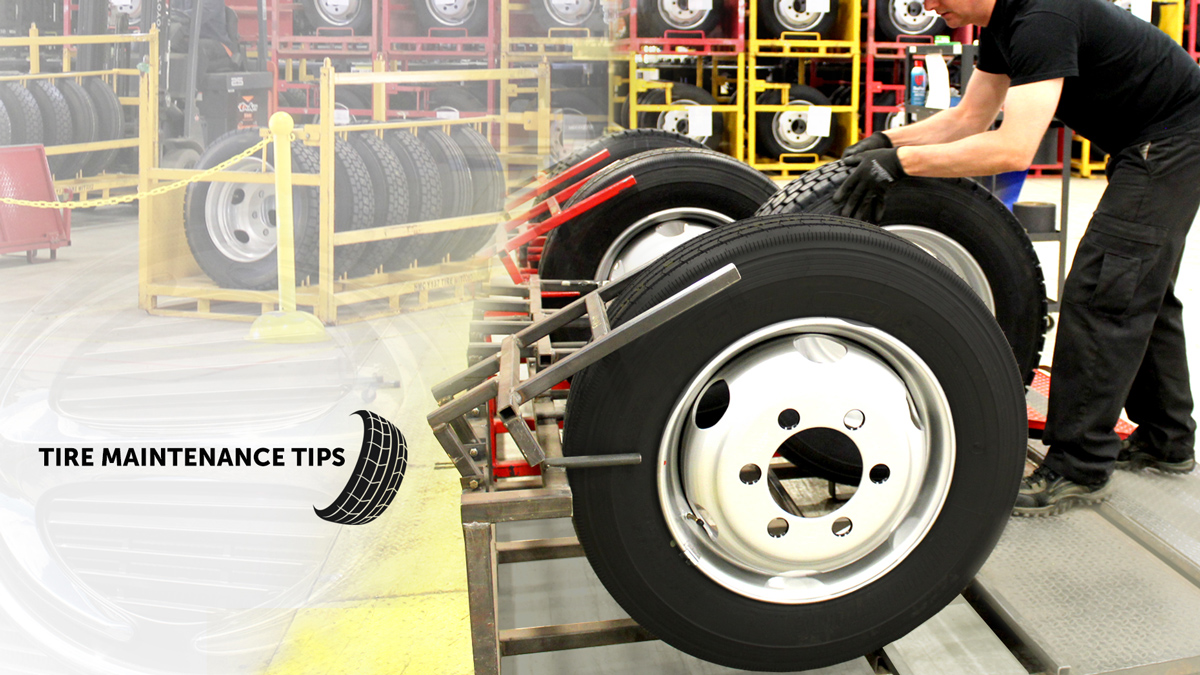
Your truck is on the road 24/7, transporting essential goods from one business to another. Online shopping has taken precedence due to safe distancing with businesses slowly re-opening. For safety, fuel economy and increasing the lifespan of your tires, a regular schedule of pre trip inspection plus an end of day inspection is highly recommended!
We are hitting the summer months; the heat and rainstorms can lead to tire problems like blow-outs and other hazardous situations. Make sure you are staying on top of your tire safety by routinely checking them out.
A few driver tips to keep a close eye on, together with some regulations you should know when it comes to your tires:
Air Pressure
Know what your manufacturer’s air pressure requirements and regularly check the air pressure to make sure the level is at the proper standard.
It is a good idea to check the air pressure only when the tires are cold, prior to starting a road trip for an accurate pressure reading and always use a tire pressure gauge. The appearance of a tire can be misleading.
Incorrect tire inflation such as low air pressure (under inflation) and high air pressure (over inflation) may cause tire problems, mainly excessive / uneven wear, poor handling, and increase the possibility of blowouts!
Do not bleed or reduce tire pressure after driving. It is normal for the tire inflation pressure to be higher after driving.
Be sure to reinstall the tire inflation valve caps. Without the valve caps, dirt or moisture could get into the valve core and cause air leakage. If the caps have been lost, replace with new caps as soon as possible.
If a tire frequently needs refilling, have it checked by your closest HINO dealer.
Check the tire tread
A tire with low tread depth is more likely to blow out when it hits a pothole or other debris. Also, if tread is wearing unevenly, it is a sign of improper air pressure.
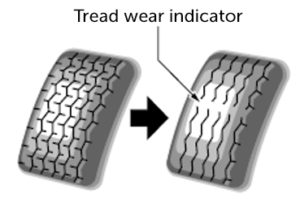
The tires on your Hino have built–in tread wear indicators to help you know when the tires need replacement. When the tread depth wears to 0.06 in. (1.6 mm) or less, the indicators will appear. If you can see the indicators in two or more adjacent grooves, the tire should be replaced. The lower the tread, the higher the risk of skidding.
Check for tire damage
During inspection if you see cuts, splits, cracks deep enough to expose the fabric, or bulges indicating internal damage, the tire should be replaced.
Always look between dual tires to see if there is anything wrong: Something lodged, obstructions or foreign objects.
Replacing your tires
When replacing a tire, use a tire of the same size and construction, and the same or greater load capacity as the originally installed tires. Using any other size or type of tire may seriously affect the handling characteristics resulting in loss of control, ride, speedometer/ odometer calibration, ground clearance, and clearance between the body and tires or snow chains.
Maintaining your tires is not only going to make you safer on the road, it will help you avoid inspection penalties, improve your gas mileage, and help your tires last longer.
For more information on the regulations and other facts, check out the Ministry of Transport.

As our provincial governments slowly ease business restrictions during the next few months, preparation may be necessary to ensure your vehicle is in good working condition if it was stationary during COVID-19.
Daily pre trip inspections are a must but for a vehicle that has not been in service for a longer period a full mechanical inspection is necessary. A stationary vehicle can experience minor items such as incorrect tire pressure to more complex items resulting from corrosion, vandalism or even animal nesting. Do not get caught on your pre-inspection and be pro-active making sure electrical components, wiring harnesses, air, brake and fuel lines are all damage free and operating as required … Remember that dealers and other repair shops will see a higher than average volumes once we start to return to normal work conditions.
Batteries are a commonly overlooked. Trucks that have been parked for a prolonged time; even when switched off, will still draw current due to supply voltage to the on-board computers. If your truck is parked close to a power outlet, it is recommended that a trickle charger be used to keep the truck battery charged over long periods of inactivity.
Stationary trucks will also have the engine oil run off the surfaces inside an engine. While this commonly happens even if parked overnight, it is important after long stretches of not using your truck to avoid starting up and jumping quickly onto a highway, as the lack of lubrication can cause damage to your engine. It is recommended to let the engine run for a few minutes, at idling RPM’s or to drive at low speeds on the road before getting onto a highway where the engine is worked harder than on a city street.
Preventive Maintenance
For a fleet of trucks parked outdoors, the need for mechanical servicing will still be necessary and in our new way of doing business of practicing social distancing, the safe handling and exchange of the vehicle is crucial.
Hino dealership service centres across Canada remain open and are committed to servicing your needs. Ensure mechanical concerns and service intervals are up to date by visiting a HINO Dealer or call to book an appointment.
Here for you.
Personal hygiene is now top of the list and it is as simple as washing your hands regularly with soap and water for a minimum of 20 seconds and using hand sanitizer.

When it comes to your cab, the formula is also simple – regular soap and water. Spend extra time on the commonly touched surfaces including the steering wheel, buttons, latches and handles, gear shift, control knobs, seat belts, cup holder, fuel filler cap, mirrors and sun visor. You can use disinfecting wipes for these specific areas because the germs are harder to shift but avoid using bleach or ammonia-based products and protect your vehicle’s interior.
Keep hand sanitizer, wipes, or soap and water stocked in your Hino vehicle including disposable gloves for fueling.
What to look out for if you start to feel unwell
Staying on the road is a major priority but your health must always come first. Symptoms of COVID-19 include fever, cough, sore throat, fatigue, difficulty breathing and pneumonia in both lungs. If you have serious symptoms such as difficulty breathing, then you should call 911 for urgent medical assistance.
Stay home if you are sick or might be sick. Follow the Public Health Agency of Canada steps for self-assessment.
There are now several resources available to ensure you are up to date and are implementing best practices. One recommended app is the Canada Self-Assessment Tool and App, which can be downloaded: Canada Self-Assessment App.
Changes to your workplace
Physical distancing is crucial in stopping the spread of the virus, so you should do what you can to reduce contact with colleagues and customers. This means staying at least two metres (6 feet) apart from anyone outside your household. Ideally arrange for goods to be dropped off at a pre-designated area that does not require physical contact and if at all possible, you should try to modify your shifts to avoid peak times.
If you are also a business owner, follow your provincial and local government’s advice when considering the implementation of the correct processes in your workplace. Workplace Safety Canada also offers some further practical advice.
If you are a small business there are basic guidelines from Health and Safety for small businesses page that can help you.
If you are a business which has experienced low demand, this time should be spent to catch up on paperwork and plan for the future. Take this opportunity to review processes and implement new technologies, which will enhance efficiencies. Ensure your service intervals are up to date and visit your local Hino Dealer.
Be ready for when normality returns.
Our industry is being tested but we will persevere and become stronger in the long term. Remain vigilant with your health and safety and remember Hino is with you all the way!
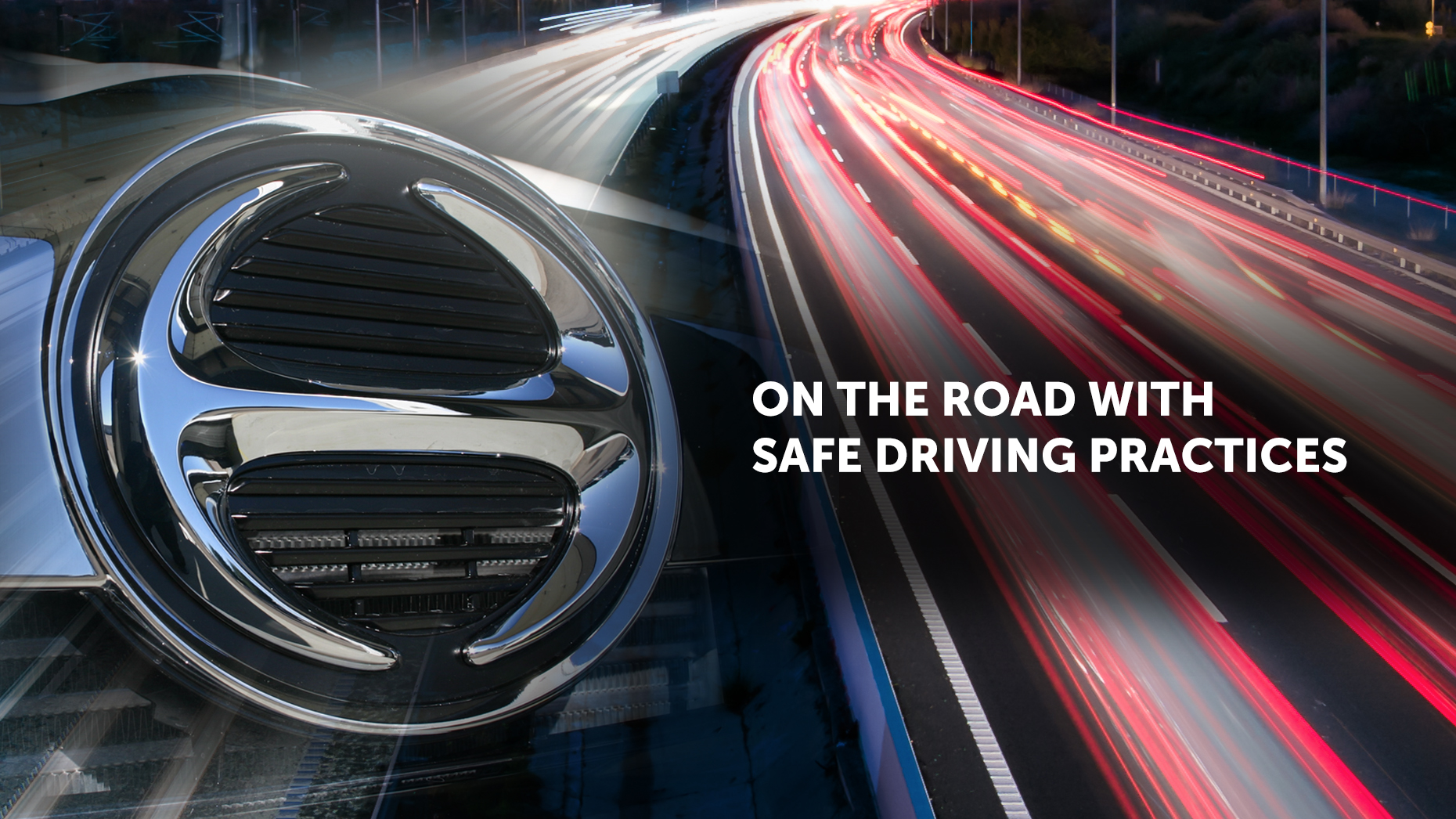
Whether it is a short or long haul, implement daily pre-checks which includes checking the engine compartments for oil, coolant, and all other fluid levels and leaks, as well as fan belt condition and tension.
Lights are important safety features, so do a general check over of your vehicle to make sure all headlights, brakes, tail, clearance, and indicator lights are all working.
Check that the brake pedal feels normal and that when applied, the vehicle stops as expected and without pulling to the side. Tire pressures and tread wear is also a daily must, as too that your windshield wipers are in working order and the rubber blades not perished.
Have credit cards ready. Some border crossings and toll roads are electronic to reduce the handling of cash and coins.
Ensure that you always have Safety Warning Triangles on hand in case of an unavoidable breakdown. Lastly, make sure your registration and insurance are up to date and not expired.
Manage driver fatigue and practice low risk driving. It is more vital than ever to take required breaks for your physical and mental health. We all feel anxiety and stress from time to time, and during the COVID-19 pandemic this can have heightened effects on our mental health that can lead to detrimental effects on our physical health. Reach out for support and get the advice you need. There are plenty of resources available to help you during this challenging time: Mental Health Commission of Canada
Remember WE ARE HERE FOR YOU!

